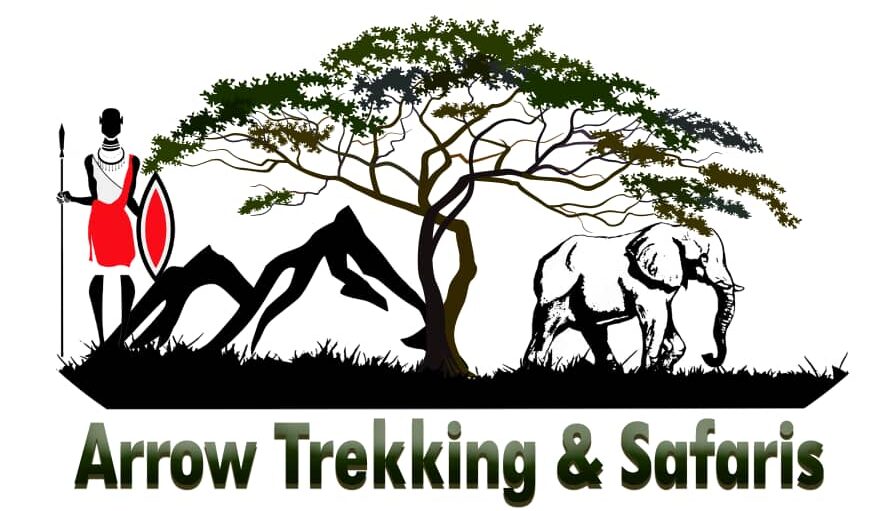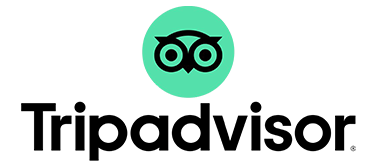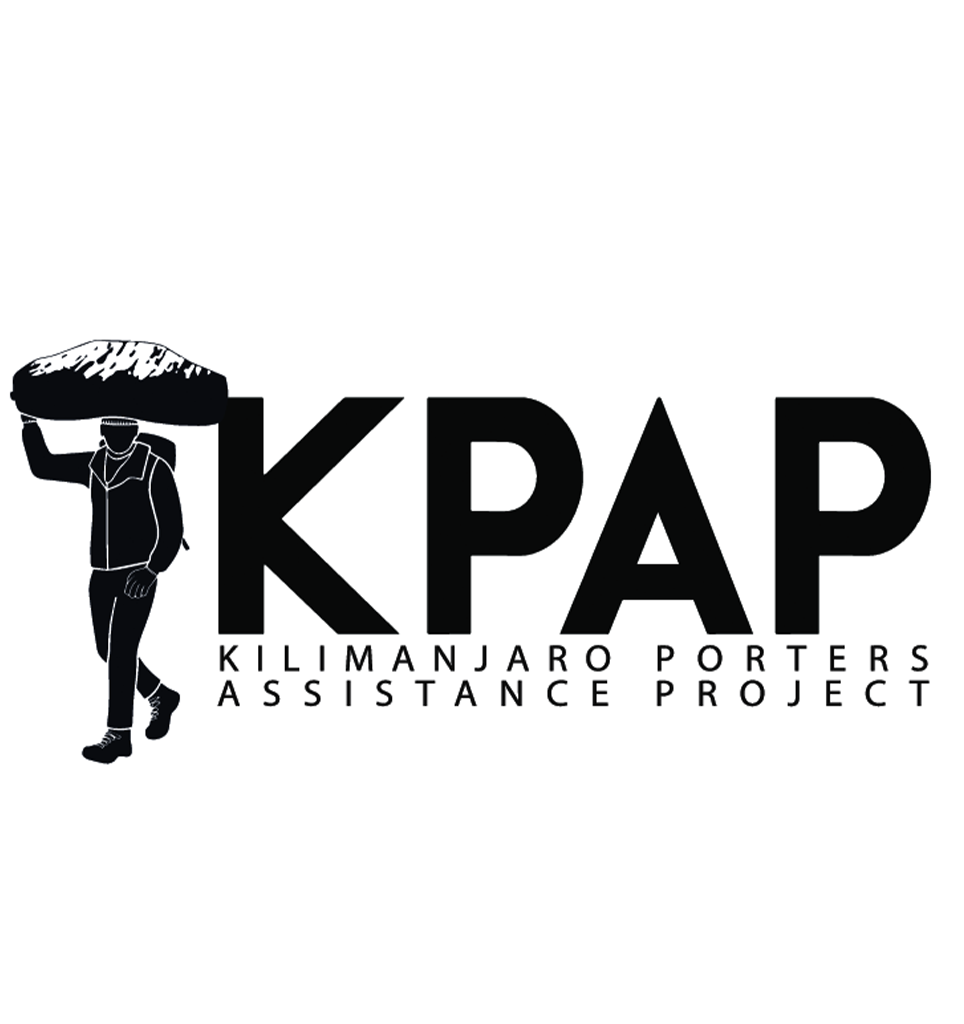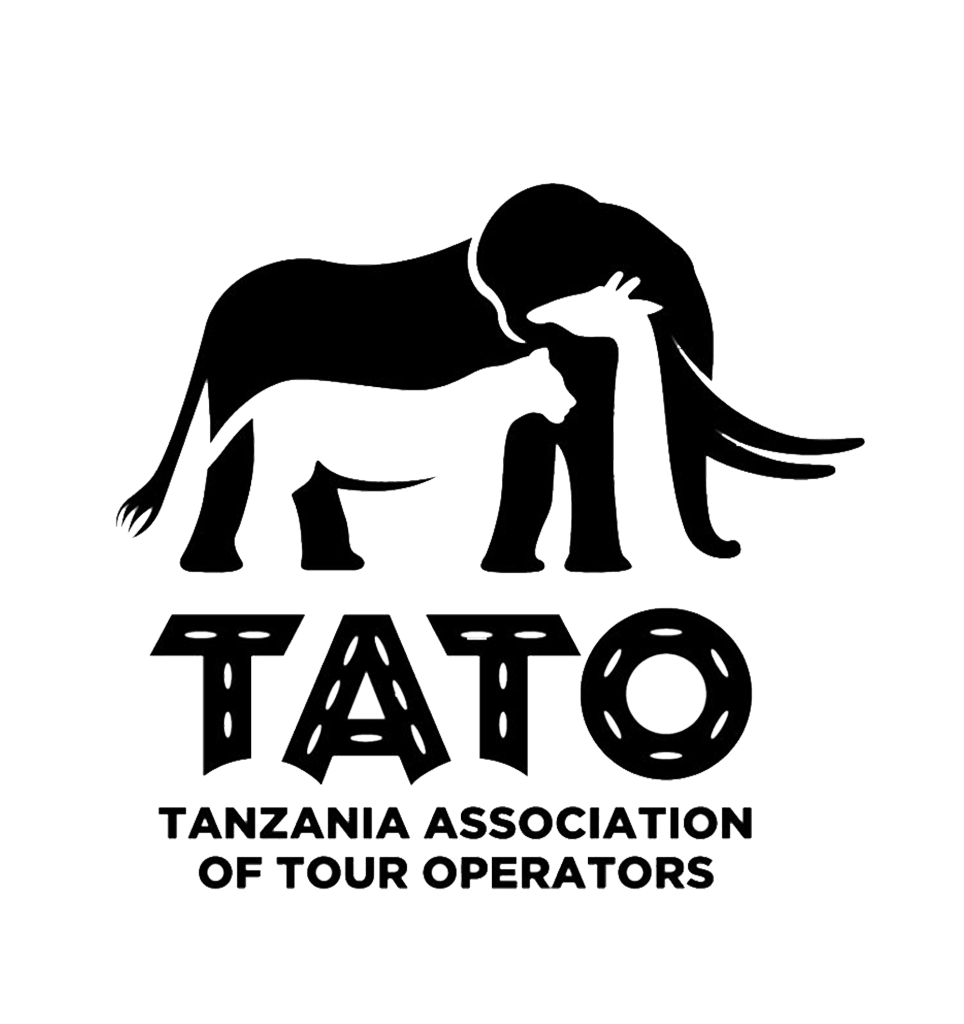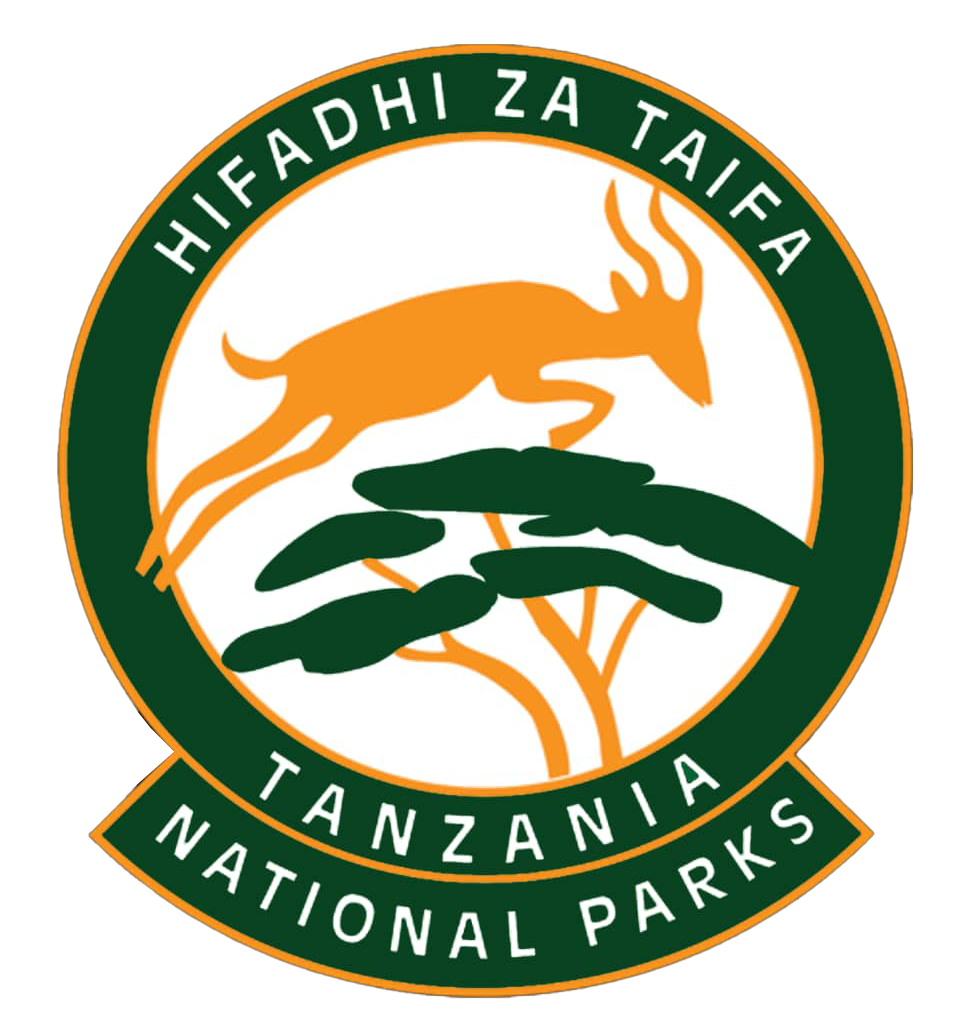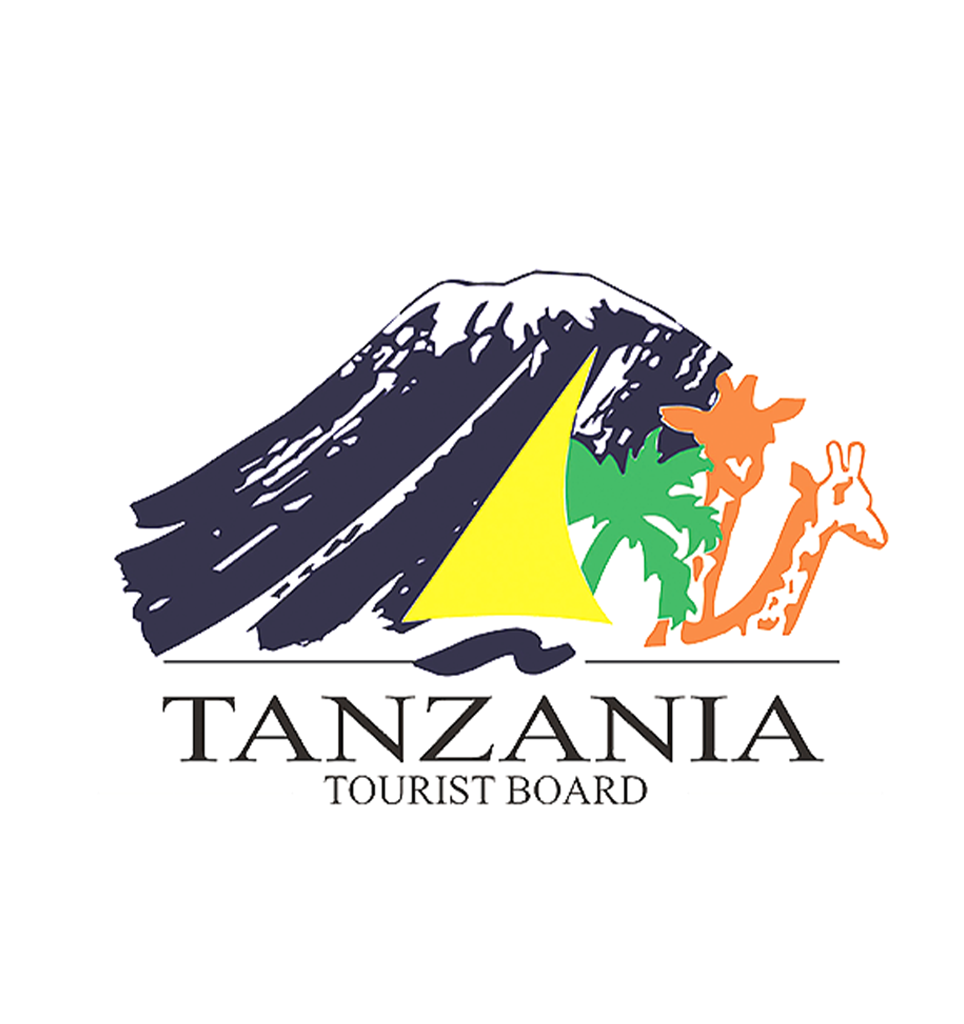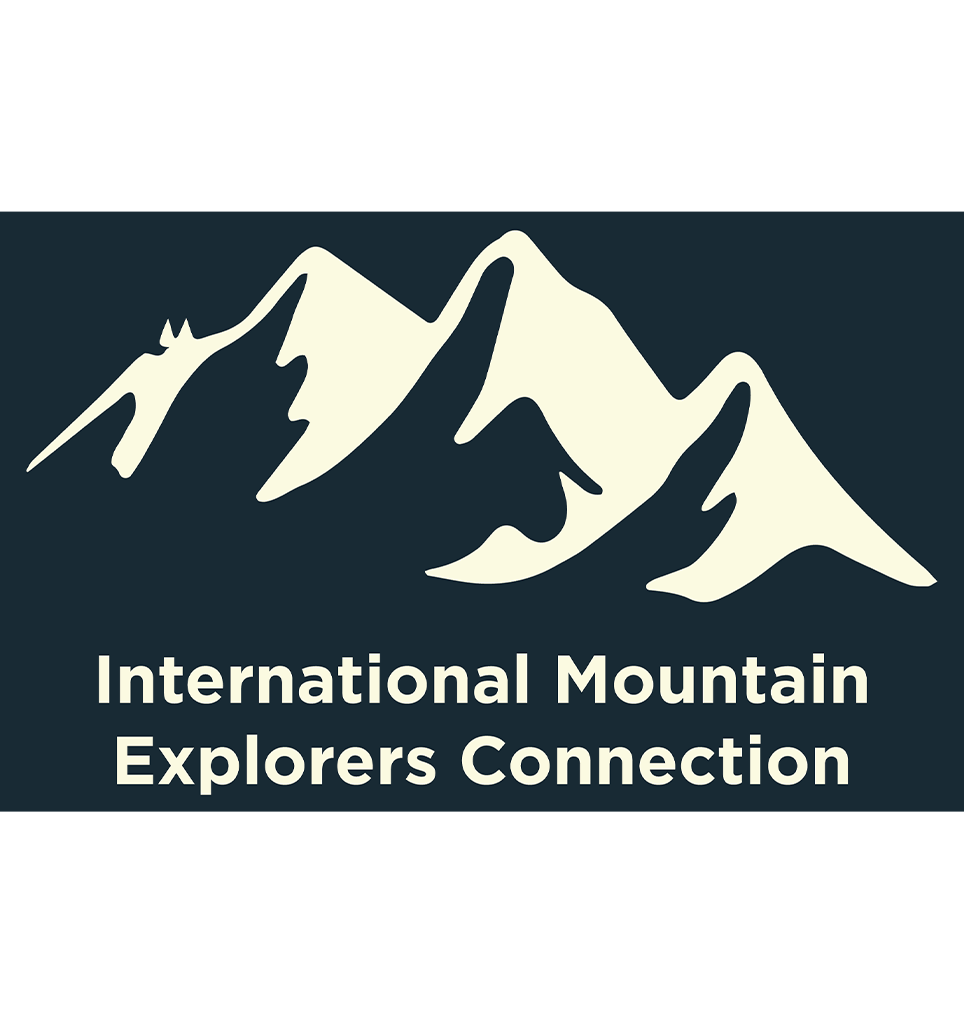Arrow Trekking and Safaris – Conquer Africa’s most iconic peaks with expertly crafted mountain adventures.
Mount Kenya Overview
Mount Kenya, Africa’s second-highest mountain and Kenya’s highest peak, stands at 5,199 meters (17,057 feet). This extinct stratovolcano, located approximately 150 km (93 miles) northeast of Nairobi, is a UNESCO World Heritage Site and one of the most scenic trekking destinations in Africa. It is an essential water source for millions, feeding major rivers and supporting diverse ecosystems.
Unlike Mount Kilimanjaro, which is often climbed for its singular summit, Mount Kenya has three main peaks:
- Batian (5,199m) – The highest peak, requiring technical rock climbing skills.
- Nelion (5,188m) – The second-highest, also requiring advanced climbing expertise.
- Point Lenana (4,985m) – The most accessible peak, suitable for trekking without technical climbing experience.
Mount Kenya offers a challenging yet rewarding experience for hikers, climbers, and nature lovers. Its diverse ecosystems range from lush rainforests to high-altitude glaciers, making it a unique adventure destination. The mountain is home to rare wildlife, including elephants, buffaloes, colobus monkeys, and the elusive bongo antelope.
With several trekking routes, including the Sirimon, Chogoria, and Naro Moru trails, Mount Kenya is a perfect alternative to Kilimanjaro, offering fewer crowds, spectacular scenery, and a true wilderness experience. Whether trekking to Point Lenana or attempting the technical climbs of Batian and Nelion, Mount Kenya remains one of Africa’s most stunning and rewarding mountain adventures.
Best Mount Kenya Trekking Packages
Routes to Climb Mount Kenya
Mount Kenya offers several trekking and climbing routes, each providing unique scenery and challenges. The three main routes to reach Point Lenana (4,985m), the most accessible peak, are Sirimon, Naro Moru, and Chogoria. Climbers attempting Batian (5,199m) or Nelion (5,188m) require technical climbing skills.
Sirimon Route (Easiest & Most Scenic)
The Sirimon Route is the most popular and gradual ascent, making it the best for acclimatization. It starts at Sirimon Gate (2,650m) and passes through montane forests, heathlands, and alpine meadows. The route offers stunning views of glacial valleys and is ideal for a 3–4 day trek.
Naro Moru Route (Fastest & Steepest)
The Naro Moru Route is the shortest and quickest way to Point Lenana but is also the steepest. It is known for the Vertical Bog, a muddy and challenging section, and the Teleki Valley, which offers stunning alpine landscapes. This route is best for experienced trekkers looking for a 2–3 day climb.
Chogoria Route (Most Scenic & Remote)
The Chogoria Route is considered the most beautiful, featuring gorges, waterfalls, and Lake Michaelson. It offers a gradual ascent with breathtaking scenery but is longer and more remote. Many climbers combine Chogoria for the ascent and Sirimon for the descent, completing the trek in 4–6 days.
Technical Climbing Routes (Batian & Nelion Peaks)
For those aiming to conquer Batian (5,199m) or Nelion (5,188m), rock climbing experience and technical gear are required. The most common approach is via the North Face Standard Route for Batian and the South East Face Route for Nelion. These climbs are best attempted during the dry seasons (January–March & July–October).
Geography & Ecosystem of Mount Kenya
Mount Kenya, an ancient stratovolcano, is Africa’s second-highest peak, standing at 5,199 meters (17,057 feet). It features rugged peaks, deep valleys, and glaciers, creating breathtaking landscapes. The mountain is surrounded by Mount Kenya National Park, a UNESCO World Heritage Site that protects its rich biodiversity.
The mountain has distinct ecological zones. The lower slopes (1,600m – 2,500m) are covered in montane forests, home to elephants, buffaloes, and leopards. Above this, bamboo forests (2,500m – 3,200m) give way to moorlands (3,200m – 4,000m) filled with giant lobelias and senecios, where rare species like the bongo antelope are found. The alpine desert (4,000m – 5,199m) consists of rocky outcrops, glaciers, and snow-capped peaks, offering a dramatic high-altitude environment.
With over 130 bird species and diverse wildlife, Mount Kenya’s unique ecosystems make it an exceptional destination for trekking and climbing.
Best Time to Climb Mount Kenya
Short Dry Season & Calving Period
This is one of the best times to climb, with clear skies, minimal rainfall, and mild temperatures. Mornings are usually sunny, providing excellent summit views, while nights can be cold. This period is ideal for both trekkers and technical climbers attempting Batian and Nelion.
Main Dry Season
Another great season for climbing, this period offers clear skies, cooler temperatures, and minimal rainfall. The mountain’s landscapes are dry and beautiful, making it a popular time for hiking and climbing. However, temperatures can be slightly lower than in January – March.
Rainy Seasons – Not Recommended
These months experience heavy rains, making trails muddy and slippery. Climbing is more difficult due to poor visibility, cold conditions, and frequent afternoon storms. However, the mountain is lush and green, and fewer tourists provide a more solitary trekking experience.
Main Dry Season
Another great season for climbing, this period offers clear skies, cooler temperatures, and minimal rainfall. The mountain’s landscapes are dry and beautiful, making it a popular time for hiking and climbing. However, temperatures can be slightly lower than in January – March.
Short Dry Season & Calving Period
This is one of the best times to climb, with clear skies, minimal rainfall, and mild temperatures. Mornings are usually sunny, providing excellent summit views, while nights can be cold. This period is ideal for both trekkers and technical climbers attempting Batian and Nelion.
Rainy Seasons – Not Recommended
These months experience heavy rains, making trails muddy and slippery. Climbing is more difficult due to poor visibility, cold conditions, and frequent afternoon storms. However, the mountain is lush and green, and fewer tourists provide a more solitary trekking experience.
Preparation for the Climb – Mount Kenya
Physical Fitness & Training
Climbing Mount Kenya is a challenging trek that requires good physical fitness and endurance. While no technical skills are needed for reaching Point Lenana (4,985m), trekkers must be prepared for long hours of hiking, steep ascents, and high-altitude conditions. It is essential to engage in cardiovascular exercises such as running, hiking, cycling, or swimming at least 3–4 times a week in the months leading up to the climb. Strength training, particularly for legs, core, and shoulders, helps build stamina for carrying a backpack and navigating rugged terrain. If possible, practice hiking at high altitudes (above 3,000m) to improve acclimatization and prepare for the thin air at higher elevations.
Essential Gear & Packing List
Packing the right gear is crucial for a comfortable and successful climb. Layered clothing is essential to adapt to the varying temperatures from the forested base to the icy peaks. A thermal base layer, insulating fleece or down jacket, and a waterproof shell provide warmth and protection against extreme weather. Good-quality, waterproof hiking boots with strong ankle support are a must, as the trails can be rocky and slippery. Trekking poles help reduce strain on the knees during steep ascents and descents. Other essentials include a four-season sleeping bag, a headlamp with extra batteries, water purification tablets, and snacks for energy boosts. Proper packing ensures comfort and safety in unpredictable mountain conditions.
Acclimatization & Altitude Sickness Prevention
Mount Kenya’s high altitude poses a risk of altitude sickness, which can cause headaches, nausea, dizziness, and fatigue. Acclimatization is key to reducing these effects. Choosing a longer ascent route, such as Sirimon or Chogoria, allows the body to adjust gradually. Trekkers should take slow, steady steps and maintain a hydration-focused diet, drinking at least 3 liters of water daily. It is also recommended to include an extra acclimatization day in the itinerary for better adaptation. In some cases, Diamox (Acetazolamide) may be used to prevent symptoms, but this should be taken under medical advice. Listening to the body and not rushing the ascent increases the chances of a successful and enjoyable summit experience
FAQs
Yes, all climbers must obtain a Mount Kenya National Park permit, which can be purchased at the park entrance or online. Fees vary for residents and non-residents.
The Sirimon Route is the most popular and gradual, offering a scenic ascent. Chogoria Route is the most beautiful but challenging, while Naro Moru Route is the shortest but steepest. Technical climbers aiming for Batian and Nelion peaks use the Burguret or Timau Routes.
There are huts and campsites along the main routes. Popular huts include Old Moses Hut, Shipton’s Camp, and Austrian Hut. Trekkers can also opt for tented camping.
Yes, the lower slopes have elephants, buffaloes, colobus monkeys, and antelopes. The higher altitudes are home to rock hyraxes and unique bird species.
Climbing to Point Lenana is considered moderate and suitable for trekkers with basic fitness. However, summiting Batian and Nelion requires technical rock climbing skills.
